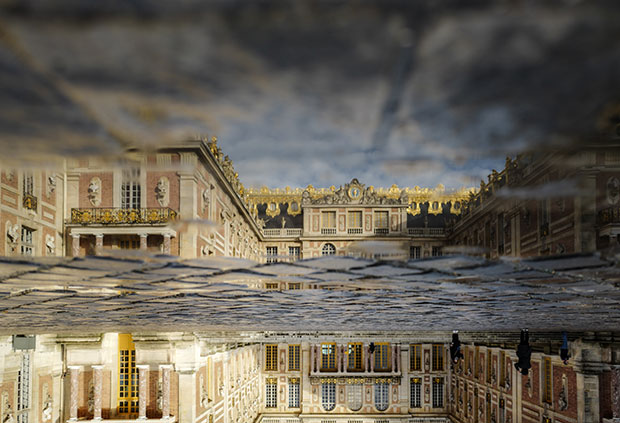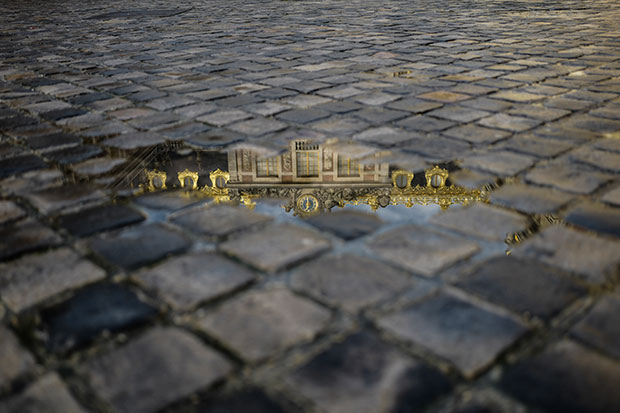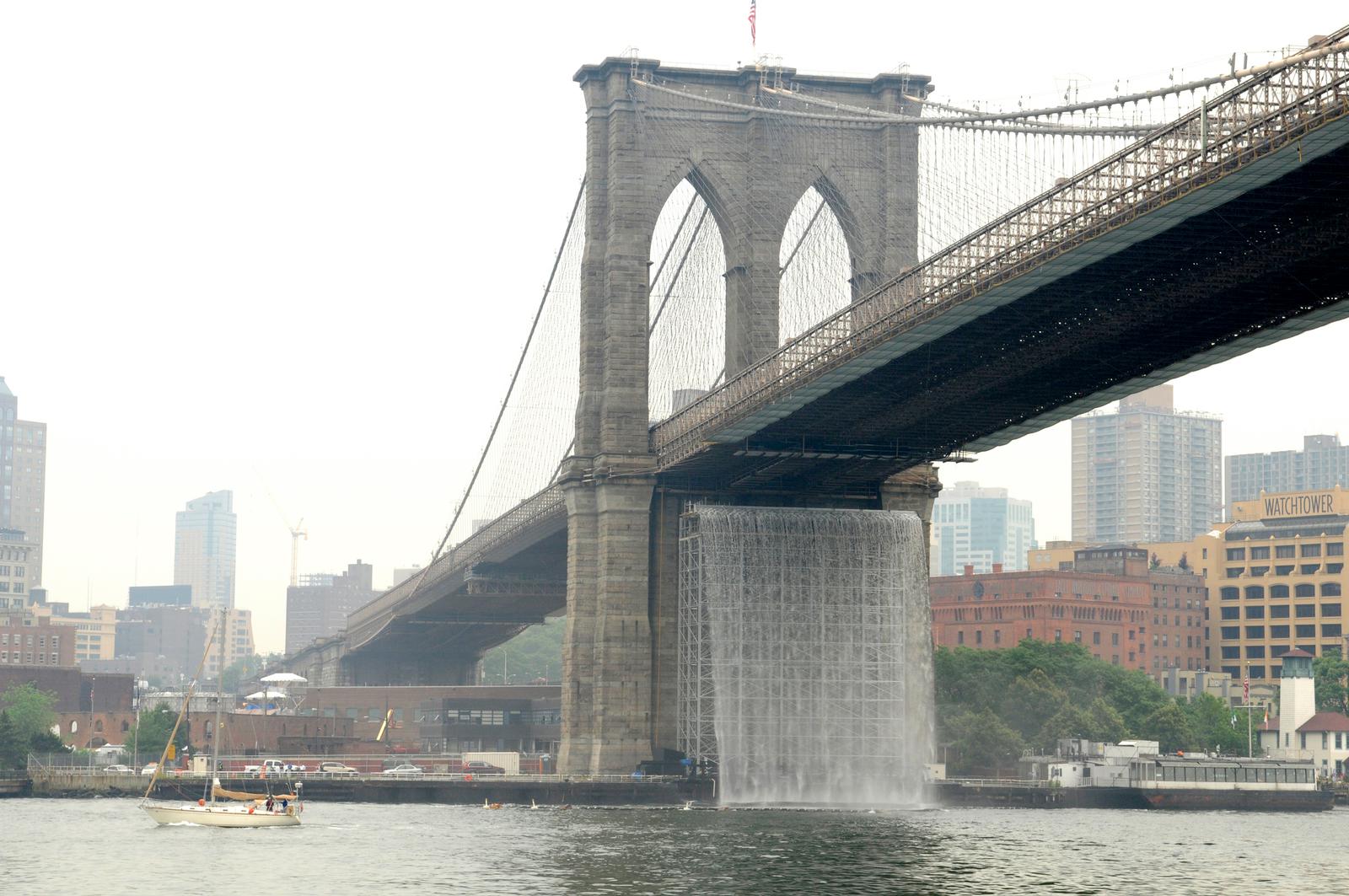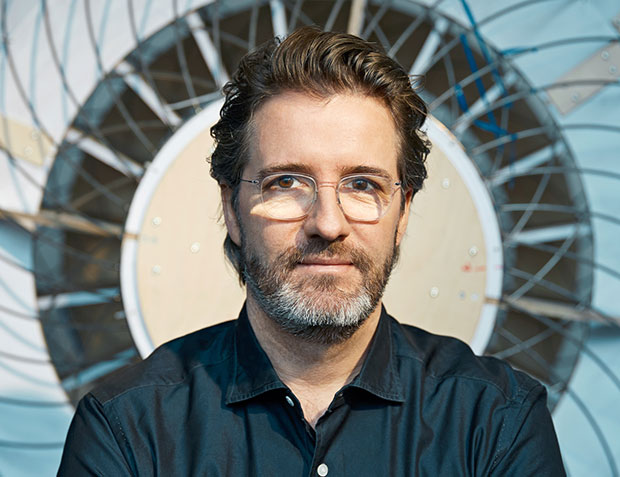
What's Olafur Eliasson got planned for Versailles?
Fog waterfalls and a disorientating arrangement of mirrors all form part of the artist’s summer installation
The palace and gardens of Versailles was always meant to be more than a simple royal residence. As we explain in The Gardener’s Garden, these huge, exquisitely planned grounds, where the fountains once required more water than the whole of Paris, “sent a clear message to the Monarchs of Europe about the political superiority of France, and of Louis XIV himself.”
That signal of magisterial dominance may have diminished three hundred or so years since Louis XIV’s day. However, next month, as part of Versailles’ annual art commission, the Danish artist Olafur Eliasson will use the house and grounds to examine that regal vision from a contemporary perspective.
“When I visit the site, I ask myself: how do you, the visitor, view this iconic site?” Elaisson explains. “What does it do to you? Have we all become king?”
Rather than offer pat answers, the artist intends to install “a series of subtle spatial interventions inside the palace deploying mirrors and light.” He explains that “in the gardens, fog and water will amplify the feelings of impermanence and transformation.”

Eliasson will install a triptych of water works in the grounds. The most prominent of these is a waterfall in the gardens’ Grand Canal, similar to those Olafur installed in New York back in 2008; he will also fit two water pieces into Versailles’ ornamental groves: one will produce a veil of fog, while the other will feature “a carpet of glacial residue.”

Olafur plays upon water’s reflective properties with his installations inside the palace, as well as riffing on Versailles’ famous Hall of Mirrors.
“Visitors are surprised to discover their own reflections in unexpected locations, the rooms seem larger, transformed, revealing their hidden secrets,” explains Alfred Pacquement, the exhibition’s curator. “The artist glories in the fluidity of the baroque surroundings, which allow him to construct another reality. Displacements and destabilisation modify our perception of the rooms, inviting visitors to become active participants in the reality that surrounds them.”

This use of simple, effective visual and sensual media is common in Olafur’s work; he is, as we explain in our Eliasson monograph, known for his poetic explorations of science and perception. If you’re visiting the show this summer, which runs 7 June – 30 October, you might want to order a copy of our Contemporary Artist Series book, here. And for more on the food that inspires him and his studio, order a copy of Studio Olafur Eliasson: The Kitchen.
Meanwhile, for more on these incredible grounds, and plenty more besides, order a copy of horticultural survey, The Gardner’s Garden.